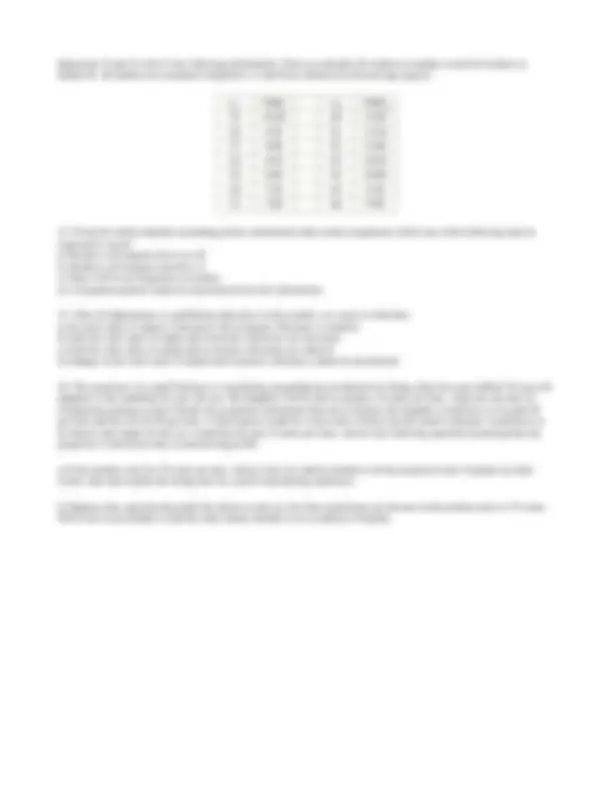



Study with the several resources on Docsity

Earn points by helping other students or get them with a premium plan


Prepare for your exams
Study with the several resources on Docsity

Earn points to download
Earn points by helping other students or get them with a premium plan
Community
Ask the community for help and clear up your study doubts
Discover the best universities in your country according to Docsity users
Free resources
Download our free guides on studying techniques, anxiety management strategies, and thesis advice from Docsity tutors
It is the notes of Labor Economics which includes Public Sector, Lower Paying Jobs, Diminishing Marginal, Labor is Negative etc. Key important points are: Diminishing Marginal, Labor is Negative, Average Product, Marginal Product, Fixed Stock of Capital, Less Output, Labor Supply, Increase Labor Demand, Total Wage Bills, Result Indicates
Typology: Exams
1 / 3

This page cannot be seen from the preview
Don't miss anything!


Econ 371 Sample Exam 2 Questions
Questions 5 - 7 refer to the table below.
Labor Output Price (D 1 ) Price (D 2 ) 0 0 $10.00 $10. 1 15 10.00 9. 2 29 10.00 9. 3 42 10.00 8. 4 54 10.00 7. 5 65 10.00 6. 6 75 10.00 5.
Questions 8 and 9 refer to the following diagram.